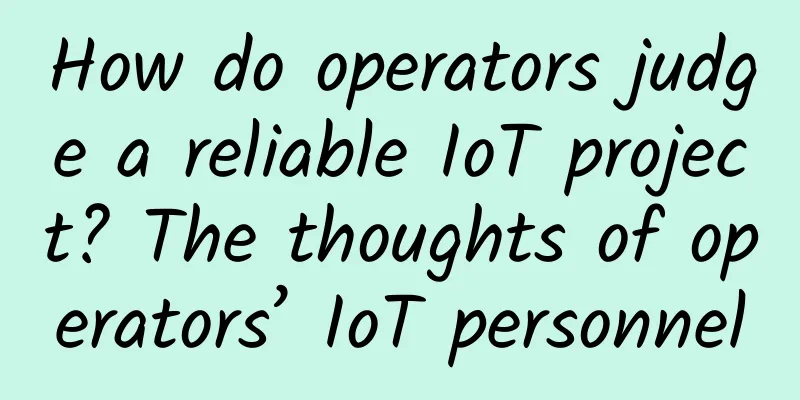Will the laser in a broken optical fiber harm us?

|
Optical fiber is an important component of communication transmission. When the optical fiber breaks, if the output optical power of the optical amplifier board is not weakened in time, the laser leaked from the break will burn or even blind the human eye (optical power is greater than 10 dB). Don't worry, there is a function in the transmission system that is responsible for reducing the laser light power to a safe level when the optical fiber is broken. The name of this function is APR-AOSD group (Automatic Power Reduction - Auto Optical Shutdown Group). When the optical cable fails, the APR-AOSD group function automatically starts, reducing the output optical power of the optical amplifier board in the OTS (Optical Transmission Section) to a safe level, thereby preventing laser damage to the human body. When the optical cable is repaired, the system restores the optical amplifier board to normal working state. 1. Key components of the APR-AOSD groupThe APR-AOSD group consists of a controller, a monitor, and an actuator. When the optical cable fails, the monitor reports an input no-light alarm to the controller, and the controller sends a laser shutdown command to the actuator, which ultimately shuts down the laser of the optical amplifier board. 2. APR-AOSD group workflowLet's take a closer look at the workflow of the APR-AOSD group in the networking scenario:
This whole process ensures that the optical power in the OTS segment where the fault occurs is at a safe level, thus avoiding the harm of strong laser to the human body. 3. APR-AOSD group recovery mechanismWhen the optical cable is repaired, the APR-AOSD group function can restore the service to normal operation through its own automatic restart recovery mechanism. The specific process is as follows:
What if the fiber is not restored during the signal transmission restart of T1? Then the LOC-OTS state at R2 cannot be released, and the signal transmission of T1 is reduced to the safe power again and enters the next automatic restart process. In this way, the entire system resumes normal transmission. The above is all about the APR-AOSD team~ The lovely communicators ensure the smooth flow of the network, and our APR-AOSD team silently protects our communicators! |
<<: Network packet loss troubleshooting solution
>>: Let's talk about the communication protocol I2C subsystem
Recommend
Why don’t we have more options for in-building connectivity?
2019 was a transformational year for the telecomm...
How private 5G networks can help companies accelerate their transformation to Industry 4.0
With the rise of IoT applications and the increas...
Google's OnHub routers will stop supporting software in December next year
Google announced today that it will stop software...
Do you know which city has the fastest Wi-Fi speed in the world?
Since the coronavirus crisis, fast internet has b...
IT Asset Management System - ForceView ITAM
Introduction ForceView ITAM (IT Asset Management)...
5G investment steadily declines: CAPEX spending of the three major operators collectively "shifts"
For a long time, when operators release financial...
5G networks are moving towards cloud, virtualization and network slicing
As some telecom operators seek to accelerate the ...
Wu Hequan, Academician of the Chinese Academy of Engineering: The communications industry needs to adjust its development strategy
August 30 news: The 9th "International Sympo...
F5: Now is the time for digital transformation
On February 1, 2018, the annual core media commun...
This move can save tens of billions of yuan in 5G construction!
Recently, two major European operators, Vodafone ...
RackNerd Los Angeles DC02 restock, VPS promotion starts at $9.89 per year
Earlier this month, we shared a summary of RackNe...
Experts discuss: How will 5G accelerate after the epidemic?
It was supposed to be a time to get rid of the ol...
When enterprises launch live streaming services, how can they avoid technology becoming a stumbling block?
[Original article from 51CTO.com] After experienc...
5G enables thousands of industries, and deepening transformation calls for cross-domain collaboration
According to the Economic Operation of the Commun...
Learn the differences between DSL, Ethernet cable and fiber optic in five minutes. It's worth saving!
This article will explain the differences betwee...









